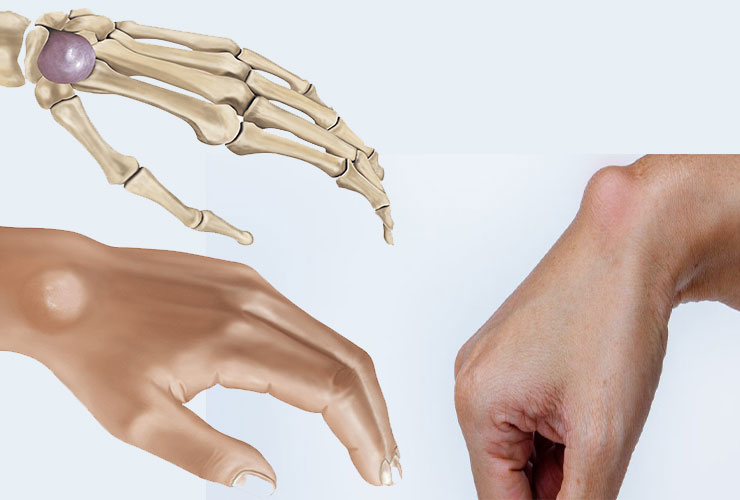Swelling excision is a medical procedure used to remove abnormal growths or swellings from the body, such as tumors, cysts, or abscesses. The specific procedure may vary depending on the location, size, and nature of the swelling, as well as the patient’s overall health. Here’s a general outline of the steps involved in a swelling excision treatment:
- Medical Evaluation: Before the procedure, a thorough medical evaluation is conducted. This includes a physical examination, medical history review, and possibly imaging tests like X-rays, ultrasounds, or MRI scans to assess the nature and extent of the swelling.
- Informed Consent: The patient is informed about the procedure, its risks, benefits, and potential complications. Informed consent is obtained from the patient or their legal guardian.
- Preparation: The patient may be instructed to fast for a certain period before the procedure if it involves anesthesia. They may also need to discontinue certain medications or supplements that can increase the risk of bleeding.
- Anesthesia: Local, regional, or general anesthesia is administered to ensure the patient is comfortable and pain-free during the procedure. The choice of anesthesia depends on the location and size of the swelling and the patient’s health status.
- Incision: A surgical incision is made over or near the swelling. The size and location of the incision will depend on the nature of the swelling. Surgeons aim to create an incision that minimizes scarring and allows for easy access to the swelling.
- Swelling Removal: The surgeon carefully removes the swelling or abnormal tissue. This may involve cutting, dissecting, or scraping, depending on the nature of the growth. In some cases, the entire swelling is removed, while in others, a sample (biopsy) may be taken for further examination.
- Hemostasis: After the removal, the surgeon ensures that there is no excessive bleeding. They may use sutures, cauterization, or other techniques to control bleeding vessels.
- Closure: If necessary, the incision is closed using sutures, staples, or adhesive strips. The choice of closure method depends on the size and location of the incision.
- Dressing and Bandaging: The surgical site is cleaned and dressed with sterile bandages to prevent infection and promote healing.
- Recovery: The patient is monitored as they wake from anesthesia. Depending on the type of anesthesia used, this may take place in a recovery room. Pain management and other supportive measures are provided.
- Post-operative Care: The patient receives instructions on wound care, pain management, and any restrictions on activities. They are advised on when to follow up with their healthcare provider.
- Pathology Examination: If a biopsy was taken, the removed tissue is sent to a pathology lab for examination. This helps determine if the swelling was benign or malignant and guides further treatment decisions.
- Follow-up: The patient typically has follow-up appointments to monitor the healing process and ensure there are no complications. Sutures or staples, if used, may be removed during a follow-up visit.
It’s important to note that the exact steps and techniques used in swelling excision can vary significantly based on the specific case and the surgeon’s preferences. Patients should discuss the procedure, potential risks, and expected outcomes with their healthcare provider before undergoing swelling excision.

